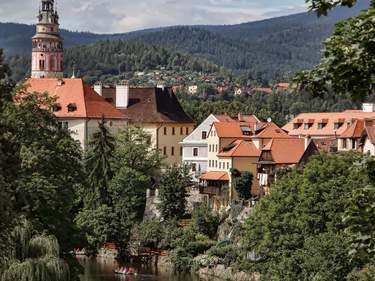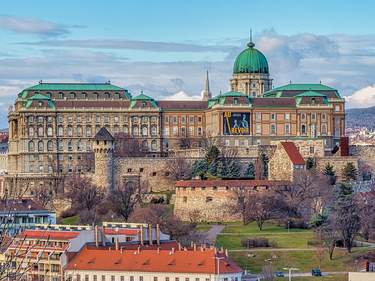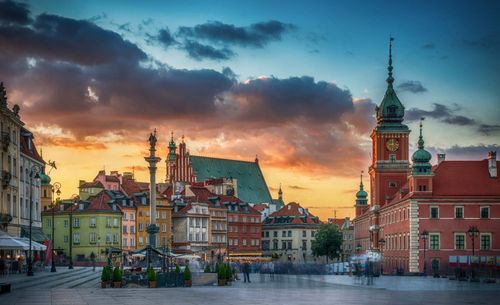Where should I drink Czech beer in Prague?
Today Prague's smoky old pubs (pivnice), traditionally filled with men drinking copious quantities of Czech beer by the half-litre, are a dying breed, but a few survive beyond the centre of town. We've picked our favourites.
U Černého Vola (The Black Ox), Oretánské Náměstí 1
This is a great traditional Prague pub, which does a brisk business providing the popular light beer Velkopopovický Kozel in huge quantities to thirsty local workers, plus a few basic pub snacks.
U Kocoura (The Cat), Nerudova
This old-school Czech pub inevitably attracts tourists, but the locals come here too for the pilsner urquell and the Budvar, plus various other Czech belly-formers.
U Hrocha (The Hippo), Thunovská 10
An old, smoky been-here-forever Czech pivnice close to the British embassy, usually full with a close-knit bunch of locals.
U Rudolfina, Křížovnická
A bona-fide Czech pivnice very close to Charles Bridge, serving expertly kept Pilsner Urquell and typical pub grub that gets more expensive as the day progresses.
U Zlatého Tygra (The Golden Tiger), Husova 17
A small central pivnice, always busy with locals and tourists trying to get a seat; the late writer and bohemian Bohumil Hrabal was a semi-permanent resident and still has a seat reserved for him (he died in 1997).
Explore more of Prague with the Rough Guide to Prague. Compare flights, book hostels for your trip and don’t forget to purchase travel insurance before you go.
Top image © Alexey Mashtakov/Shutterstock
_listing_1640546826392.jpeg)













